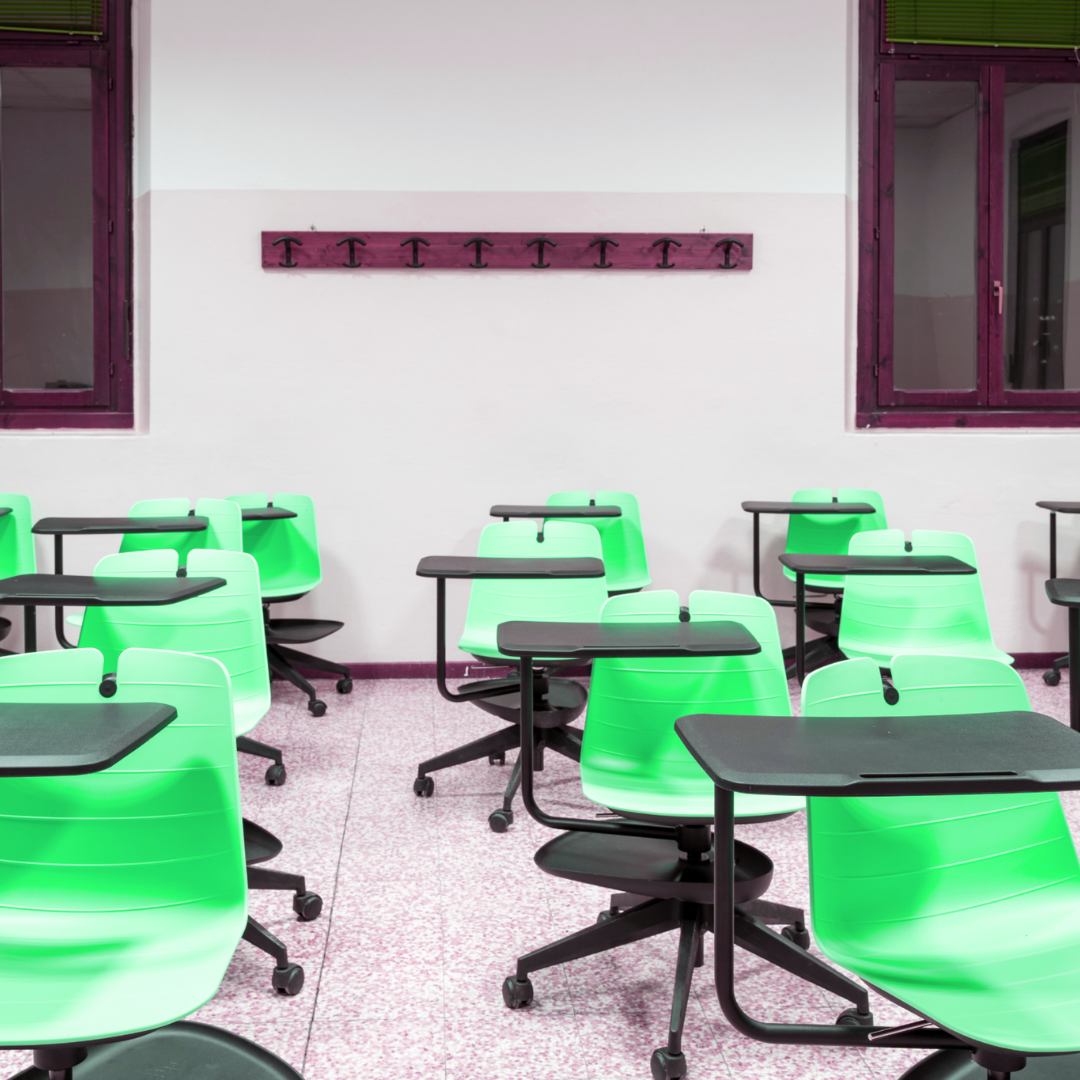
The world has been slowly transferring to a digital ecosystem since the 1980’s. It started out as a transition to keep up. every five years or so. After the initial Co-Vid outbreaks we saw an unprecedented uptick immediate needs.Getting acclimated to new systems and methods can be difficult but can also hold pandora’s box of benefits. A virtual transition was almost immediately necessary in the educational field. This industry was one of the hardest hit by the immediate necessity of a digital environment. However, now that the push has been made, maximizing the benefits of this new educational culture should be top priority for administrators, staff, students, and parents in order to help our future flourish. But how can these new media outlets be advantageous to school systems? Well in a variety of ways really.
Ease of communication, data processing and analysis, as well as mitigating staffing costs are just a few of the avenues administrator’s should be exploring in this new, technology-advanced world we live in.

The world has been slowly transferring to a digital ecosystem since the 1980’s. It started out as a transition to keep up. every five years or so. After the initial Co-Vid outbreaks we saw an unprecedented uptick immediate technological needs.
One area of opportunity is within the learning of the technological systems themselves. Getting acclimated to new systems and methods can be difficult and time consuming. With the transition being immediate this lead to frustration for the teachers, students, faculty, and parents alike. This frustration has multiplier effects throughout the educational system and can be seen in increased turnover, reduced student involvement, and a larger push for parental control.
With teachers leaving in unprecedented exponential numbers the problems continue to build. Students are even more disjointed by increased teacher rotation and larger classroom sizes. If enrollment drops, then even less funding is available to develop the training and technological advances necessary to change the problems. The problems will continue to compound if a strategy is not implemented to implement change, technological acceptance, and increase student experience.
— 96% of students with internet access report using social networking technologies.
— 75% of 7th through 12th graders have at least one social media profile.
— 63% increase in the amount of time kids ages 2-11 spent online between 2004-2009.
— 59% of students who use social networking talk about education topics online.
— 50% of those who talk about education topics online talk specifically about schoolwork.
— 35% of schools have student and/or instructor-run blogs.
— 46% of schools have students participate in online pen pal or other international programs.
— 49% of National School Boards Association (NSBA) schools participate in online collaboration with other schools.
— 59% of schools say their students use social networking for educational purposes.
— 27% of schools have an online community for teachers and administrators.
— 69% of American high schools have banned cell phones.
Source:
Frost & Sullivan: https://elearninginfographics.com/the-use-of-social-media-in-school-infographic/
Lorem ipsum dolor sit amet, consectetur adipiscing elit. Ut elit tellus, luctus nec ullamcorper mattis, pulvinar dapibus leo.

As with anything, analyzing a situation before venturing forth is always a good idea.


Lorem ipsum dolor sit amet, consectetur adipiscing elit. Ut elit tellus, luctus nec ullamcorper mattis, pulvinar dapibus leo.
— 96% of students with internet access report using social networking technologies.
— 75% of 7th through 12th graders have at least one social media profile.
— 63% increase in the amount of time kids ages 2-11 spent online between 2004-2009.
— 59% of students who use social networking talk about education topics online.
— 50% of those who talk about education topics online talk specifically about schoolwork.
— 35% of schools have student and/or instructor-run blogs.
— 46% of schools have students participate in online pen pal or other international programs.
— 49% of National School Boards Association (NSBA) schools participate in online collaboration with other schools.
— 59% of schools say their students use social networking for educational purposes.
— 27% of schools have an online community for teachers and administrators.
— 69% of American high schools have banned cell phones.
Source:
Frost & Sullivan: https://elearninginfographics.com/the-use-of-social-media-in-school-infographic/
Lorem ipsum dolor sit amet, consectetur adipiscing elit. Ut elit tellus, luctus nec ullamcorper mattis, pulvinar dapibus leo.
